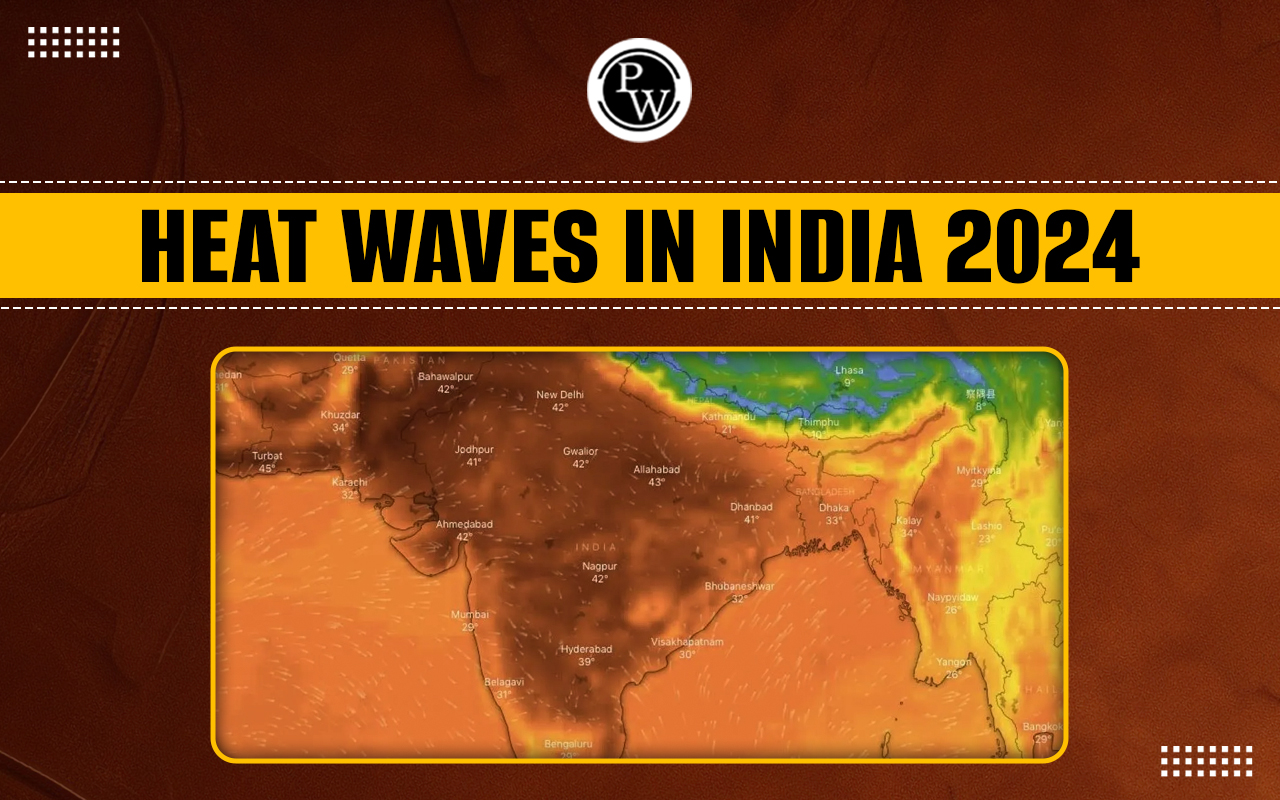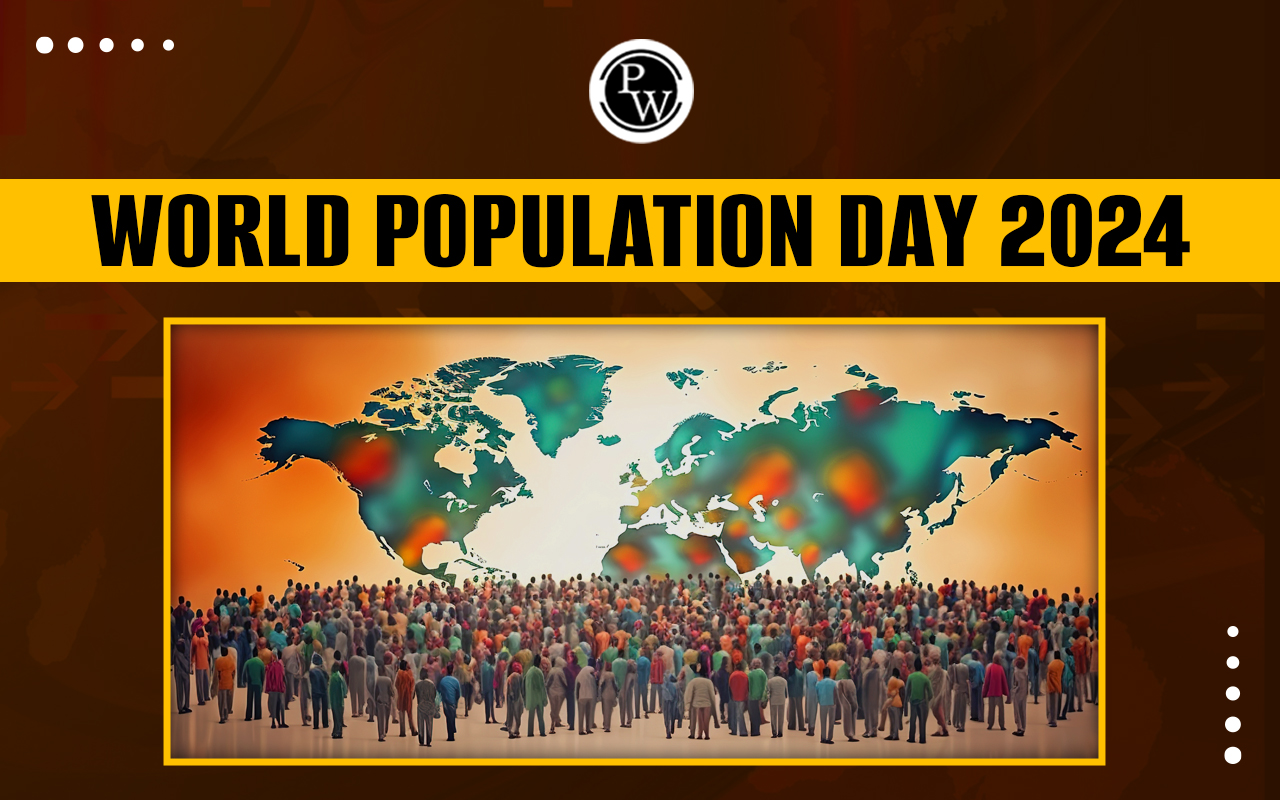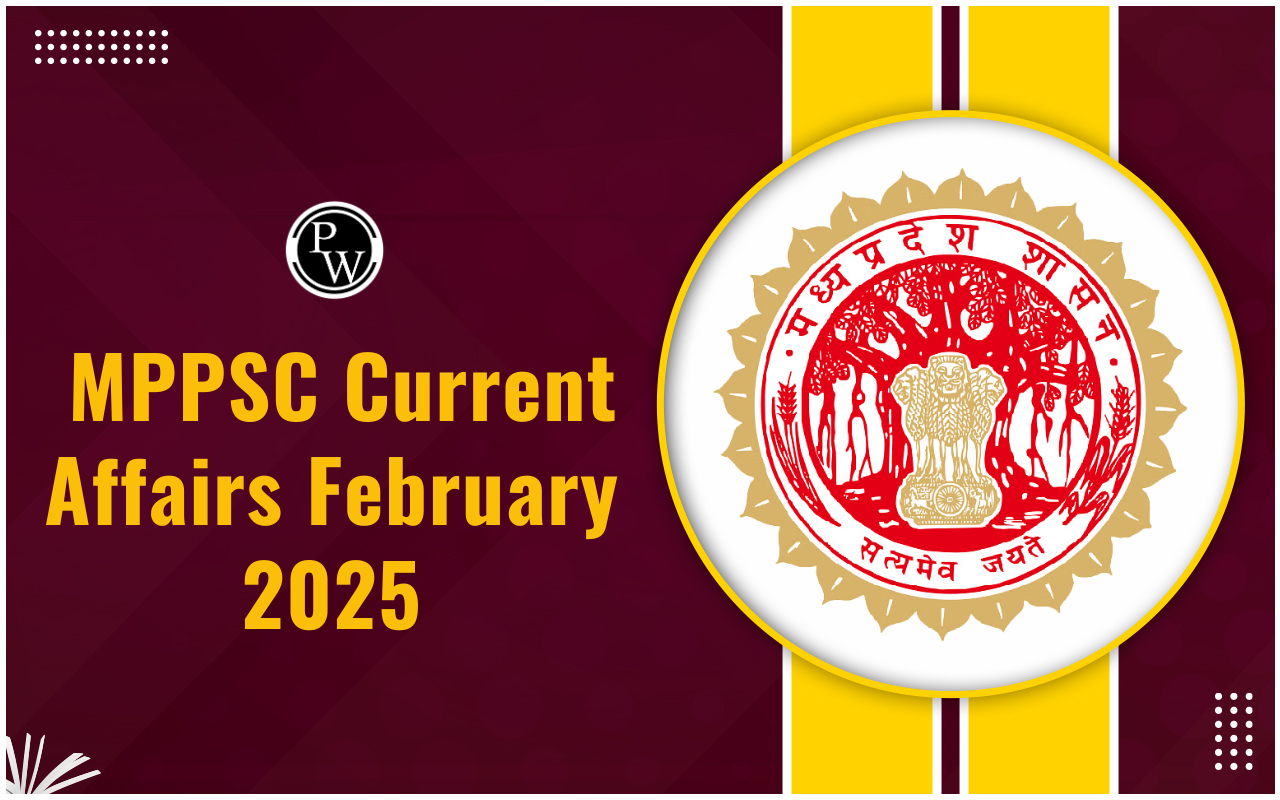

Heat Waves in India 2024: A severe heatwave has hit northwest India, causing extreme temperatures. In southwest Delhi's Najafgarh, the temperature reached a blistering 47.4 degrees Celsius, the highest in India this season. According to a study in Science Advances, heatwaves are becoming longer and slower, especially in North America and Eurasia. The frequency of heatwaves has also risen, from around 75 events between 1979-1983 to about 98 between 2016-2020. This trend highlights the increasing intensity of heat waves in India 2024.
Heat Waves in India 2024
Northwest India is facing unprecedented heatwaves, with temperatures reaching 47.4°C in Najafgarh, Delhi. The Indian Meteorological Department predicts severe heat for the next five days in Uttar Pradesh, Punjab, Haryana, and Delhi. Experts link this extreme weather to climate change, stressing the need for immediate global action. This situation highlights the serious impact of rising temperatures and the urgent need to combat climate change effectively.Findings from Recent Heatwave Study
Recent heatwave study shows longer, slower, and more frequent heat waves, with significant impacts from human activity and a weakened jet stream.Research Approach:
- Heatwave Classification: The study classified heat waves by their temperature, area (over one million square kilometers), and duration (more than three days).
- Tracking: Researchers tracked the movement and speed of these heatwaves.
Heatwave Dynamics:
- Slower Movement: Heatwaves have slowed by nearly 8 km/day each decade.
- Longer Duration: They now last about four days longer.
- Increased Frequency: The number of heatwave events rose from approximately 75 (1979-1983) to around 98 (2016-2020).
- Regional Impact: North America and Eurasia are experiencing more pronounced effects.
Jet Stream Analysis:
- Weakened Jet Stream: The jet stream has weakened over the years, impacting heatwave movement.
- Influence on Surface Temperatures: Jet streams guide atmospheric waves, affecting surface temperatures. A weaker jet stream leads to more persistent and slow-moving weather events.
Human Activity:
- Impact of Greenhouse Gases: Simulations comparing scenarios with and without greenhouse gas emissions showed that human activity has significantly contributed to slower and longer-lasting heatwaves.
Future Research and Adaptation
Future research will analyze air circulation, country-specific heat waves, and develop climate adaptation strategies.Next Steps:
- Further Analysis: Researchers will continue to analyze atmospheric air circulation patterns.
- Country-Specific Changes: Exploring how heat waves change in specific countries.
- Climate Adaptation Strategies: Developing strategies to adapt to changing climate conditions.
Mitigation Strategies:
- Urban Areas: Increase green infrastructure by planting more trees.
- Education: Teach climate adaptation strategies through community projects.
What is a Heat Wave?
A heat wave is a period of abnormally high temperatures compared to the typical temperatures of a specific region. The criteria for declaring a heat wave vary depending on the historical temperature patterns of different areas.Impact on Life:
- Wildfires: Increased temperatures elevate the risk of wildfires.
- Crop Damage: Prolonged heat can damage crops, affecting food supply and agriculture.
- Health Problems: Heat waves pose significant health risks, including heat exhaustion, heatstroke, and other heat-related illnesses.
IMD Definition of a Heat Wave
The Indian Meteorological Department (IMD) defines a heat wave based on specific temperature criteria for different regions and conditions.Plains:
- Threshold: A heat wave is declared when the maximum temperature reaches or exceeds 40°C.
- Temperature Deviation: The temperature must exceed the normal by 4.5 to 6.4°C.
Hilly Regions:
- Threshold: A heat wave is declared when the maximum temperature reaches or exceeds 30°C.
- Temperature Deviation: The temperature must exceed the normal by 4.5 to 6.4°C.
Additional Criteria:
- Extreme Heat: A heat wave can also be declared if the maximum temperature reaches or exceeds 45°C.
- Severe Heat Wave: When the maximum temperature reaches or exceeds 47°C, it is classified as a severe heat wave.
- Health Hazard: Qualitatively, a heat wave is defined when air temperatures become hazardous to human health.
Criteria for Declaring a Heat Wave
The Indian Meteorological Department (IMD) has specific criteria for declaring a heat wave, ensuring accurate identification and timely warnings.Criteria Based on Maximum Temperature:
- Plains: The maximum temperature must reach at least 40°C.
- Hilly Regions: The maximum temperature must reach at least 30°C.
Criteria Based on Departure from Normal:
- Heat Wave: The temperature departure from normal must be between 4.5°C and 6.4°C.
- Severe Heat Wave: The temperature departure from normal must be more than 6.4°C.
Criteria Based on Actual Maximum Temperature:
- Heat Wave: The actual maximum temperature must be ≥ 45°C.
- Severe Heat Wave: The actual maximum temperature must be ≥ 47°C.
Declaration Criteria:
- Geographical Coverage: These conditions must be met in at least two stations within a Meteorological sub-division.
- Duration: The conditions must persist for at least two consecutive days.
- Timing: A heat wave is declared on the second day if the criteria are met.
Causes of Heat Waves
Heat waves are extreme weather events characterized by prolonged periods of excessively high temperatures. They are primarily caused by a combination of atmospheric conditions and human-induced factors.Atmospheric Conditions:
- High Atmospheric Pressure: When high atmospheric pressure dominates an area, it forces hot air downward and traps it close to the ground. This high-pressure system acts like a lock, preventing the hot air from rising and inhibiting the formation of rain. As a result, temperatures soar.
- Urban Heat Island Effect: Urban areas can feel 3 to 4 degrees warmer than surrounding rural areas due to the urban heat island effect, where concrete and asphalt absorb and retain heat.
Climate Change:
- Global Temperature Rise: Over the past century, global temperatures have increased by an average of 0.8 degrees Celsius. This warming trend has led to more frequent and intense heat waves.
- Nighttime Temperatures: Not only are daytime temperatures rising, but nighttime temperatures are also increasing, exacerbating the impact of heat waves.
Increased Frequency and Intensity:
- Climate Change Impact: According to a study published in PLOS Climate (April 2023), heatwaves are becoming more frequent, intense, and deadly due to climate change. More than 90% of India could experience abnormal temperatures as a result.
- Longer Duration: Climate change is causing heat waves to last longer and become more severe globally.
- High UV Radiation: Regions with moderate to high heat are exposed to intense UV radiation, further increasing heat stress.
Specific Factors in India:
- Rural Vulnerability: India is particularly susceptible to heat waves due to its combination of extreme heat stress and a largely rural population, which is more vulnerable to the impacts.
- El Niño: This climate phenomenon contributes to higher temperatures and increases the occurrence of heat waves.
Consequences of Increased Heat Waves:
- Livelihoods: Heat waves can disrupt livelihoods, particularly in agriculture-dependent regions.
- Food Production: High temperatures can damage crops, affecting food security.
- Disease Spread: Increased heat can exacerbate the spread of diseases.
- Human Health: The World Health Organization (WHO) highlights that heat waves can cause severe health issues, including heat stress and death.
Impact of Heat Waves
Heat waves have widespread and severe effects on various aspects of life, from the economy to public health, livestock, food security, and workers. Understanding these impacts is crucial for developing strategies to mitigate their consequences.1. Economic Effects
Heat waves significantly impact numerous economic sectors, particularly agriculture and labor:- Reduced Working Days: Frequent heat waves reduce working days, adversely affecting the livelihood of poor and marginal farmers. Daily wage workers experience reduced productivity, which negatively impacts the economy.
- Crop Yields: Higher-than-normal temperatures harm crop yields. Farmers in Haryana, Punjab, and Uttar Pradesh have reported losses in wheat crops during the previous rabi season. Nationally, wheat production could drop by 6-7% due to heat waves.
2. Impact on Humans
Heat waves pose severe risks to human health and mortality:- Heat-Related Mortality: Rising temperatures, lack of public awareness, and inadequate long-term mitigation measures contribute to heat-related deaths. A 2019 analysis by the Tata Centre for Development and the University of Chicago predicts that climate change could cause over 1.5 million heat-related deaths annually by 2100.
- Health Issues: Higher temperatures increase the prevalence of illnesses such as diabetes, cardiovascular and respiratory problems, and mental health issues.
3. Impact on Livestock
Heat waves also affect livestock, particularly in dairy farming:- Milk Production: Researchers at Cornell University estimate that increased heat stress could reduce milk output in India's arid and semi-arid regions by 25% by 2100 compared to 2005 levels.
- Electricity Demand: The demand for electricity rises during heat waves. In North India, the average daily peak demand in April was 13% higher than in 2021, and it increased by 30% in May.
4. Impact on Food Security
Heat waves and droughts simultaneously threaten food security:- Tree Mortality and Crop Losses: These disasters lead to tree mortality and agricultural production losses, decreasing food production.
- Increased Food Costs: The resulting labor productivity losses will raise food costs, lower household incomes, and cause hunger and climate-related deaths, especially in tropical areas.
5. Impact on Workers
Workers in agriculture and construction are particularly vulnerable:- Vulnerable Populations: A significant portion of India’s population relies on these sectors for their livelihood. By 2030, these workers will face severe impacts unless greenhouse gas and aerosol emissions are drastically reduced.
- Weaker Sections: Heat waves disproportionately affect vulnerable and underprivileged individuals who have contributed minimally to global warming.
Measures to Manage Heat Wave Impact
To mitigate the impact of heat waves, several measures are recommended:- Election Commission Advisory: For upcoming elections (April 19 – June 1), the Election Commission advised carrying water bottles, protecting oneself from sunlight, and monitoring the wet bulb temperature, a crucial indicator of heat stress and potential health risks.
- Wet Bulb Temperature: Deadly conditions can occur if the wet bulb temperature exceeds 30-35°C, even outside of a heat wave.
Mitigation Strategies for Heat Waves
Heat waves pose significant threats to life, agriculture, and economies. Effective mitigation strategies are essential to minimize their impact and protect vulnerable populations. Here are detailed strategies to mitigate the effects of heat waves:1. Heat Waves Action Plan
A comprehensive Heat Waves Action Plan is crucial for regions prone to heatwaves. This plan should focus on disaster adaptation techniques and robust disaster management regulations to reduce the negative effects of heat waves.- Long-term Planning: The government must prioritize creating a long-term action plan to safeguard people, animals, and wildlife. Heat-related deaths can be prevented with proper planning.
- Sendai Framework Implementation: Effective implementation of the Sendai Framework for Disaster Risk Reduction 2015–30 is essential. The State should take the lead, with other stakeholders sharing responsibility.
2. Implementing Climate Action Plans
The National Action Plan for Climate Change (NAPCC) should be implemented effectively to promote equitable growth and ecological sustainability.- Nature-Based Solutions: These solutions should be considered to combat climate change in a way that is ethical and supports intergenerational fairness.
3. Early Warning Systems and Public Awareness
Raising public awareness and implementing early warning systems are critical in reducing heatwave fatalities.- Public Awareness Campaigns: Utilize print, electronic, and social media to raise awareness.
- Heat-Proof Shelters: Provide shelters in heatwave-prone areas.
- Accessible Drinking Water: Ensure easy access to public drinking water.
- Afforestation Programs: Implement these programs in urban and rural areas.
- Early Warning Systems: Establish systems to communicate heatwave hazards, suggest preventative measures, and limit disaster impacts.
4. Recognition of Heat Waves as a Natural Disaster
It is essential to recognize heat waves as a serious natural disaster to improve preparedness and response.- Regional Action Plans: State and district governments should create regional heatwave action plans.
- Clear Guidelines: Establish guidelines for school closures and outdoor activities during heatwaves.
5. Sustainable Cooling
Passive cooling technology can be a crucial alternative for both residential and commercial buildings.- Ancient Architectural Designs: Utilize ancient Indian architectural designs that incorporate passive cooling techniques, as suggested by the Intergovernmental Panel on Climate Change (IPCC) in its AR6 report.
6. Changing Dark Roofs
Cities are hotter than rural areas due to dark roadways, parking lots, and roofs that absorb and retain heat.- Reflective Materials: Replace dark surfaces with lighter, more reflective materials to create a cooler environment.
7. Climate-Resilient Crops
Developing a dynamic understanding of agricultural hazards is necessary to ensure food and nutrition security.- Crop Loss Insurance: Arrange for insurance to cover crop losses.
- Diversified Cropping: Encourage diversified cropping to enhance resilience against heatwaves.
Heat Waves in India 2024 FAQs
What is a heat wave?
A heat wave is a period of exceptionally high temperatures compared to the usual weather patterns of an area. It can lead to severe health risks and impacts on agriculture and the economy.
What causes heat waves in India?
Heat waves are primarily caused by high atmospheric pressure that traps hot air near the ground, preventing it from rising and causing temperatures to soar. Urban areas also experience higher temperatures due to the heat island effect from concrete and asphalt.
How do heat waves affect India?
Heat waves in India can lead to reduced agricultural productivity, health problems such as heatstroke, and increased electricity demand. Vulnerable populations, including farmers and laborers, are particularly at risk.
How are heat waves classified in India?
The Indian Meteorological Department (IMD) classifies heat waves based on maximum temperatures exceeding 40°C (plains) or 30°C (hilly regions), with deviations from normal temperatures.
What are the impacts of heat waves on agriculture?
Heat waves can damage crops, leading to lower yields. For instance, wheat production in states like Haryana, Punjab, and Uttar Pradesh can decrease significantly during severe heat waves.
🔥 Trending Blogs
Talk to a counsellorHave doubts? Our support team will be happy to assist you!

Check out these Related Articles
Free Learning Resources
PW Books
Notes (Class 10-12)
PW Study Materials
Notes (Class 6-9)
Ncert Solutions
Govt Exams
Class 6th to 12th Online Courses
Govt Job Exams Courses
UPSC Coaching
Defence Exam Coaching
Gate Exam Coaching
Other Exams
Know about Physics Wallah
Physics Wallah is an Indian edtech platform that provides accessible & comprehensive learning experiences to students from Class 6th to postgraduate level. We also provide extensive NCERT solutions, sample paper, NEET, JEE Mains, BITSAT previous year papers & more such resources to students. Physics Wallah also caters to over 3.5 million registered students and over 78 lakh+ Youtube subscribers with 4.8 rating on its app.
We Stand Out because
We provide students with intensive courses with India’s qualified & experienced faculties & mentors. PW strives to make the learning experience comprehensive and accessible for students of all sections of society. We believe in empowering every single student who couldn't dream of a good career in engineering and medical field earlier.
Our Key Focus Areas
Physics Wallah's main focus is to make the learning experience as economical as possible for all students. With our affordable courses like Lakshya, Udaan and Arjuna and many others, we have been able to provide a platform for lakhs of aspirants. From providing Chemistry, Maths, Physics formula to giving e-books of eminent authors like RD Sharma, RS Aggarwal and Lakhmir Singh, PW focuses on every single student's need for preparation.
What Makes Us Different
Physics Wallah strives to develop a comprehensive pedagogical structure for students, where they get a state-of-the-art learning experience with study material and resources. Apart from catering students preparing for JEE Mains and NEET, PW also provides study material for each state board like Uttar Pradesh, Bihar, and others
Copyright © 2025 Physicswallah Limited All rights reserved.










